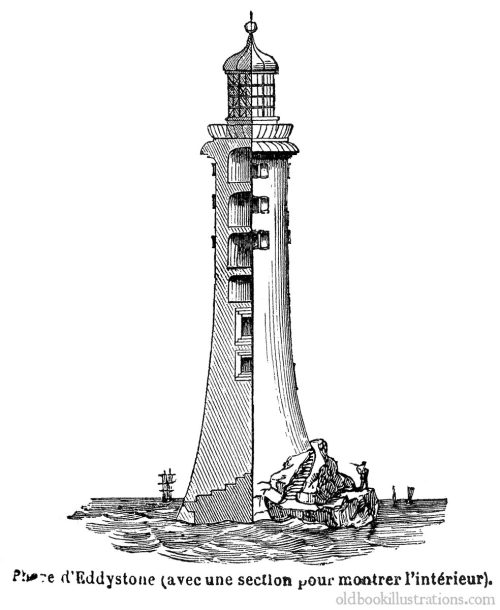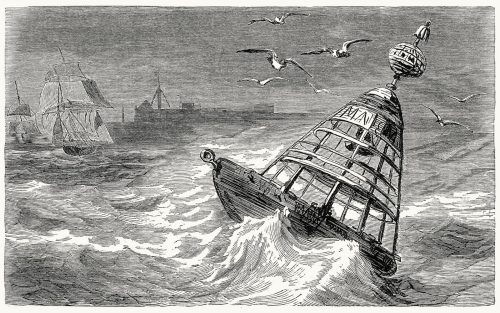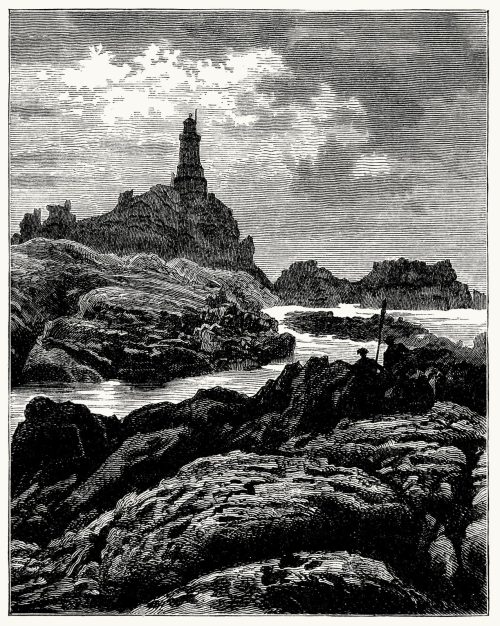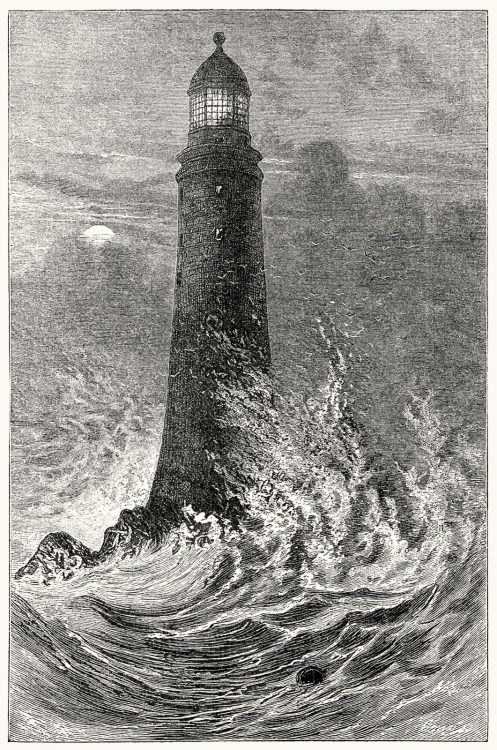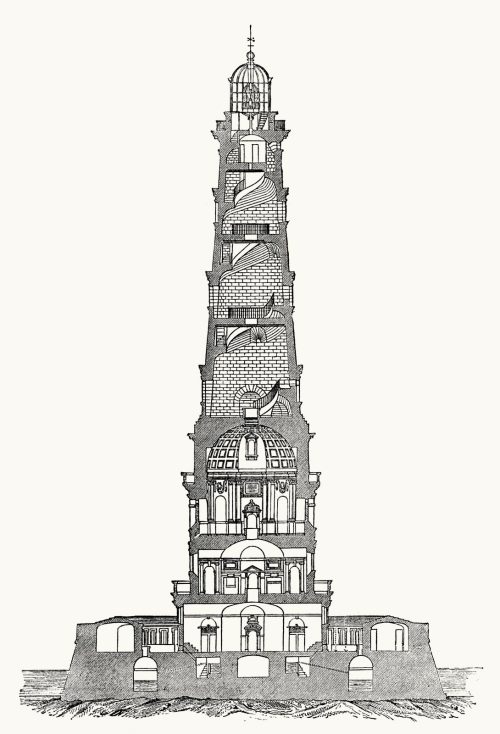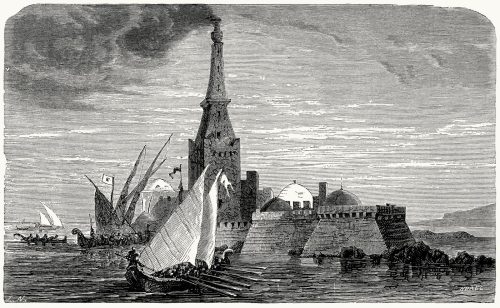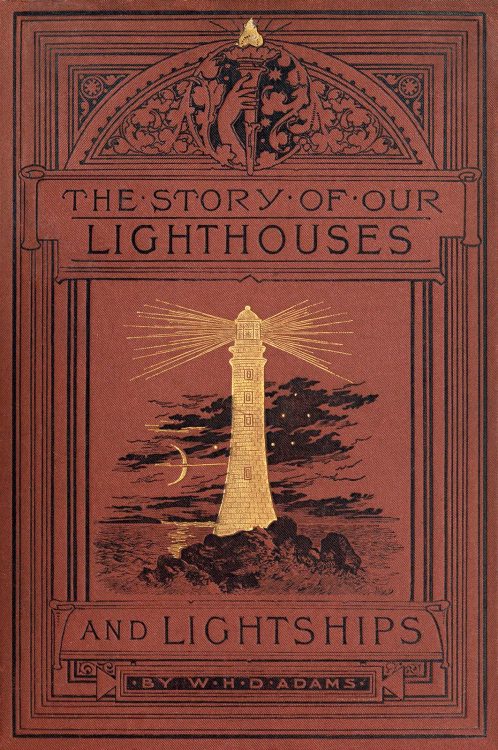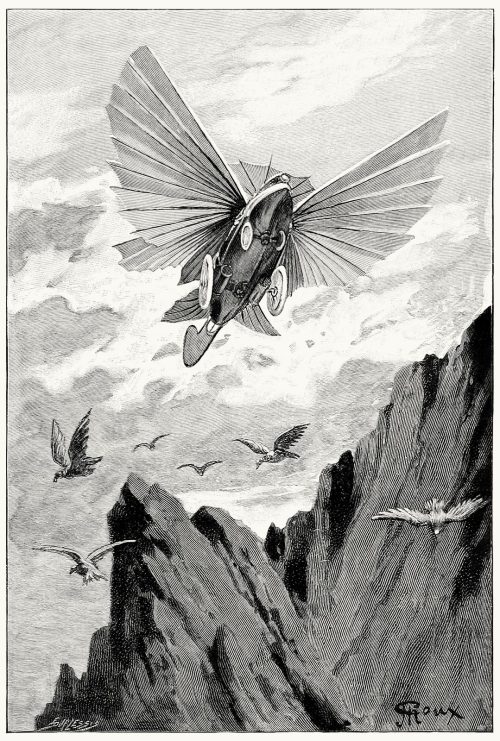
The mere thought that L’Épouvante could compete with eagles…
Georges Roux, from Maître du monde (Master of the world), by jules Verne, Paris, 1902.
Georges Roux, from Maître du monde (Master of the world), by jules Verne, Paris, 1902.
Master of the World (French: Maître du monde), published in 1904; is one of the last novels by french pioneer science fiction writer, Jules Verne. It is a sequel to Robur the Conqueror. At the time Verne wrote the novel, his health was failing.
Master of the World is a "black novel" filled with foreboding and fear of the rise of tyrants (Well, great intuition as 1st&2nd world war were approaching at that time...)
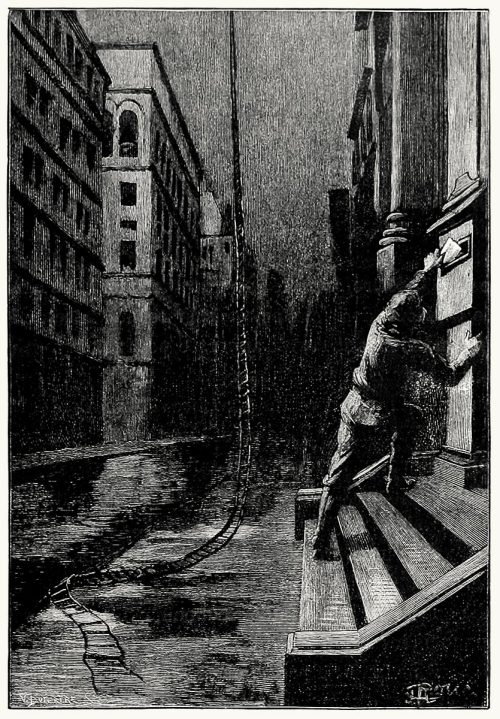
Perhaps its author himself, sneaking up…
Georges Roux, from Maître du monde (Master of the world), by Jules Verne, Paris, 1902.
Georges Roux, from Maître du monde (Master of the world), by Jules Verne, Paris, 1902.
Set in the summer of 1903, a series of unexplained events occur across the eastern United States, caused by objects moving with such great speed that they are nearly invisible. The first-person narrator John Strock, 'Head inspector in the federal police department' in Washington, DC, travels to the Blue Ridge Mountains of North Carolina -yes the place really exists, link provided- to investigate.
He discovers that all the phenomena are being caused by Robur, a brilliant inventor. (He was previously featured as a character in Verne's Robur the Conqueror.)
Robur has perfected a new machine, the Terror. It is ten-meter long vehicle, capable of operating as a speedboat, submarine, automobile, or aircraft. It can travel at the unheard of speed of 150 miles per hour on land and at more than 200 mph when flying.
Strock tries to capture the Terror but instead is captured himself. Robur drives the strange craft to elude his pursuers, heading to the Caribbean and into a thunderstorm. The Terror is struck by lightning and falls into the ocean. Strock is rescued from the vehicle's wreckage, but Robur's body is never found. The reader is left to decide whether or not he has died.
Robur has perfected a new machine, the Terror. It is ten-meter long vehicle, capable of operating as a speedboat, submarine, automobile, or aircraft. It can travel at the unheard of speed of 150 miles per hour on land and at more than 200 mph when flying.
Strock tries to capture the Terror but instead is captured himself. Robur drives the strange craft to elude his pursuers, heading to the Caribbean and into a thunderstorm. The Terror is struck by lightning and falls into the ocean. Strock is rescued from the vehicle's wreckage, but Robur's body is never found. The reader is left to decide whether or not he has died.
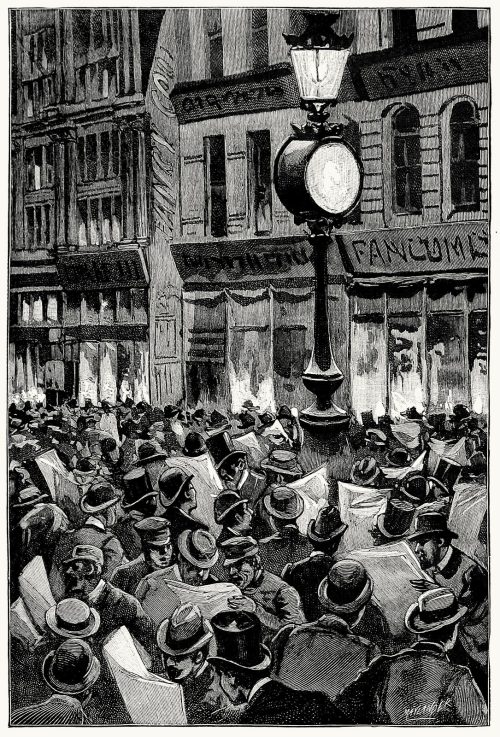
The public was tremendously excited about it.
Georges Roux (?), from Maître du monde (Master of the world), by jules Verne, Paris, 1902.
Georges Roux (?), from Maître du monde (Master of the world), by jules Verne, Paris, 1902.
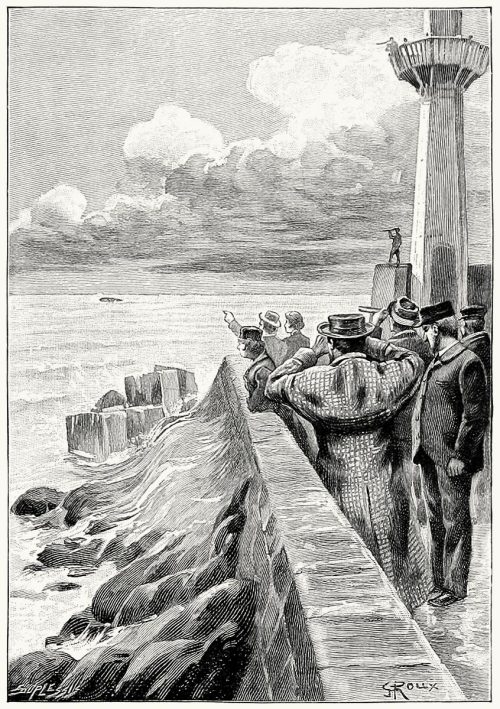
The waters of New England were troubled.
Georges Roux, from Maître du monde (Master of the world), by jules Verne, Paris, 1902.
Georges Roux, from Maître du monde (Master of the world), by jules Verne, Paris, 1902.
